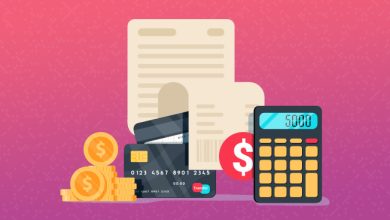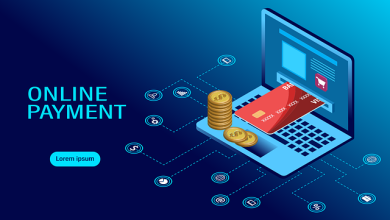From Calling Card to an Online Portfolio: Why Should You Create Your Corner on The Web as An Artist?
The times of lugging around a printed portfolio for interviews, whether you’re an artist or a musician, are gone. You presumably would like to be treated seriously as a creative professional nowadays. In that case, you should create an online portfolio that is easily accessible and appealing, and that shows your work in the best possible light.
Clients will first look at your web portfolio to determine whether or not they would like to get a product from you, which is why you must take your time and do it correctly.
Collectors, producers, and possible customers search the internet for information about your art and confirm your qualifications as an artist prior to meeting you. Therefore it has become a necessary part of an artist’s career.
What an Online Portfolio Should Have
Photographs of your art at high resolution: avoid blurry photos, dark light, or badly cut. Also, any unwanted reflections, flashing lights, or backdrops must be eliminated. To show an iconic picture, ensure your camera settings show the authentic colors of the artwork and tone adjust the image if required.
Active links: if a customer checks at your portfolio and opens on one of these inactive links in the expectation of visiting your social networks or registering up for newsletters, they are automatically shut off from discovering more about you. Not only does it cause an awful taste in their mouth, but it may also make them hesitant to spend time to determine where to go next. All of your efforts were in vain, and your reputation suffered as a result. It can make a massive difference if you spend the extra hour double-checking your hyperlinks function.
Regular updates: what if a producer or gallery owner requests information on your latest projects but has nothing to present them? You must always be ready even though you are 99% certain not to sell the product! Having your portfolio fully updated with your most recent work helps you grab every possibility that crosses your path.
User-friendly: polished and sophisticated must always be at the top of the list when it comes to the idea of your portfolio. Everything must be easy to read, access, and establish who you are as an artist.Although you may be eager to go beyond design features, please remember that you’re not trying to sell people your website design services. As a consequence, consider your art the number one choice.
Section “About”: isn’t it accurate that an artist’s about page is by far the most commonly visited page in their portfolio? It can be tricky to identify the most concise, persuasive, and correct phrases to explain yourself and the activity you do while dealing with complex or abstract topics. You don’t want to sound excessively self-promotional or overvalued, but you don’t want to sound too genuine to your goal!
Your finest work: you are only as brilliant as the art you show. At least, that’s how I’ll seem to all those who check your résumé—note that the purpose of an art portfolio is to demonstrate your technical skill as an artist—your primary abilities, variety, and professional art experience. This is why it is critical to showcase your best work—canvas or music that will enable you to express the idea that you are an expert in your area.
Details Matter
When showing your portfolio to customers, adding descriptions, sizes, materials, creation date, the value of sales, and the narrative underlying your art demonstrates that you take your job seriously. It also provides you an opportunity.
Let’s confront it; no exhibition manager, editor, or producer loves hunting down artists for info, whether they’ll be looking to obtain contact or sell their goods. Collectors both want this information to purchase your art, but why make it more difficult to find it?
Give Meaning to Your Art
Every work of art has a tale to reveal: the origins, the path to birth, the care and devotion put into each paintbrush, writing songs, the background you illustrate, etc. As an artist, you’re in the same scenario. A certain kind of art you produce is influenced by your passions, goals, character, childhood, degree, accomplishments, and the topics you worry about.
Express this tale via your online portfolio, so you’ll make a meaningful connection with those that care about it as well. Instead of hiding your voice, your portfolio might make you step out as an artist.
Promote Your Art
Email signature: an email signature is an excellent method to boost the marketing performance of every email you deliver. By including a reference to your portfolio, you’re allowing purchasers, music studios, and other connections to discover much more of your fantastic work that they would otherwise never have seen.
Artist’s blog: the exciting and enjoyable material you provide on your site can allow you to sell your artwork by providing positive publicity for your brand. Follow the 80/20 rule: 80% entertainment, 20% marketing. Make the most of that 20% by advertising your online portfolio and creatively driving sales.
Social platforms: social media transforms the art world’s funding plan. Social media, another excellent kind of digital marketing, enables creators to offer ideas with true flexibility, consistency, and familiarity. Since you should avoid getting carried away with the marketing, inviting people to look through your portfolio might boost purchases.
Final Thought
The secret to convincing these prospective customers is to provide a good online portfolio. You’ll be able to introduce your artwork most straightforwardly and professionally while also maintaining your art business organized and flourishing. Invest the considerable time you’ve just earned doing what you enjoy—making arts.













